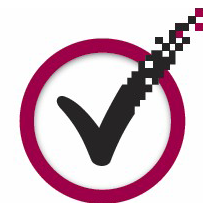AI in Peer Review: Tool or Threat to Editorial Integrity?
The rise of Artificial Intelligence (AI) in scholarly publishing is rapidly reshaping the peer review process. Once limited to tasks like plagiarism checks and manuscript triage, AI tools now assist in reviewer selection, ethical screening, and even pre-evaluation. While these innovations offer unmatched efficiency and scalability, particularly beneficial for under-resourced journals, they also pose serious concerns regarding transparency, editorial independence, and bias. This perspective explores the evolving role of AI in peer review, highlighting its dual potential as both a powerful tool and a source of ethical risk. Drawing on recent studies and global publishing practices, we argue that AI should enhance, not replace, human judgment in peer evaluation. The article proposes practical best practices for responsible integration, emphasizing transparency, bias mitigation, and global accessibility. It concludes with a call for balanced and inclusive approaches that protect editorial integrity while leveraging the benefits of AI.
How to Cite this paper?
APA-7 Style
Lu,
M. (2025). AI in Peer Review: Tool or Threat to Editorial Integrity?. Trends in Scholarly Publishing, 4(1), 49-53. https://doi.org/10.21124/tsp.2025.49.53
ACS Style
Lu,
M. AI in Peer Review: Tool or Threat to Editorial Integrity?. Trends Schol. Pub 2025, 4, 49-53. https://doi.org/10.21124/tsp.2025.49.53
AMA Style
Lu
M. AI in Peer Review: Tool or Threat to Editorial Integrity?. Trends in Scholarly Publishing. 2025; 4(1): 49-53. https://doi.org/10.21124/tsp.2025.49.53
Chicago/Turabian Style
Lu, Mingfang.
2025. "AI in Peer Review: Tool or Threat to Editorial Integrity?" Trends in Scholarly Publishing 4, no. 1: 49-53. https://doi.org/10.21124/tsp.2025.49.53

This work is licensed under a Creative Commons Attribution 4.0 International License.




